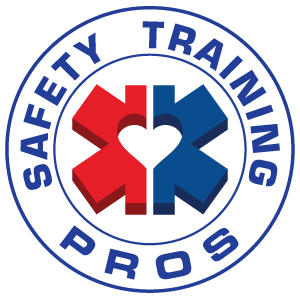Archives
Get a Quote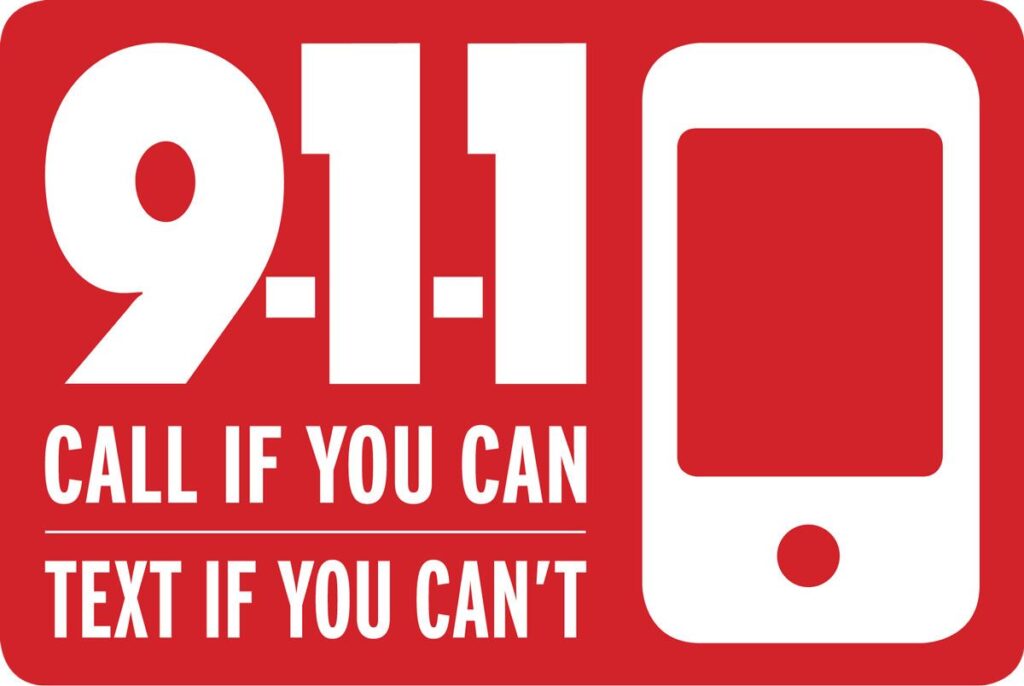
The Lifesaving Power of Text-to-911: What You Need to Know
Emergencies can happen anywhere, at any time. Whether you’re in the middle of a bustling city, out on a remote…
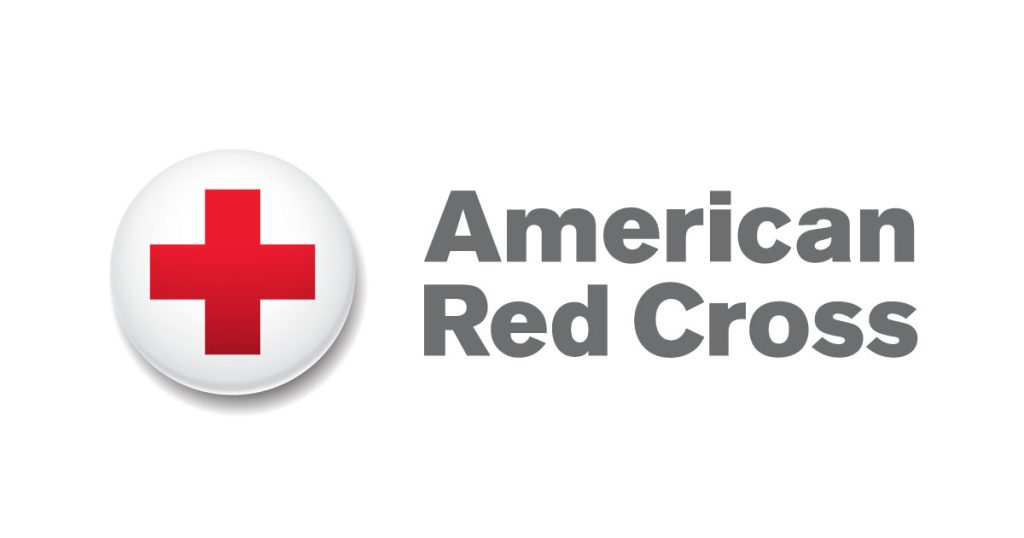
How to Become an American Red Cross CPR Instructor
If your business requires CPR certification for employees, training an in-house instructor can be a cost-effective and efficient solution. Instead…

Master Wilderness First Aid in Sacramento & Northern California!
Why Wilderness First Aid Training is Essential for Outdoor Enthusiasts & Educators When you’re miles from the nearest hospital, knowing…
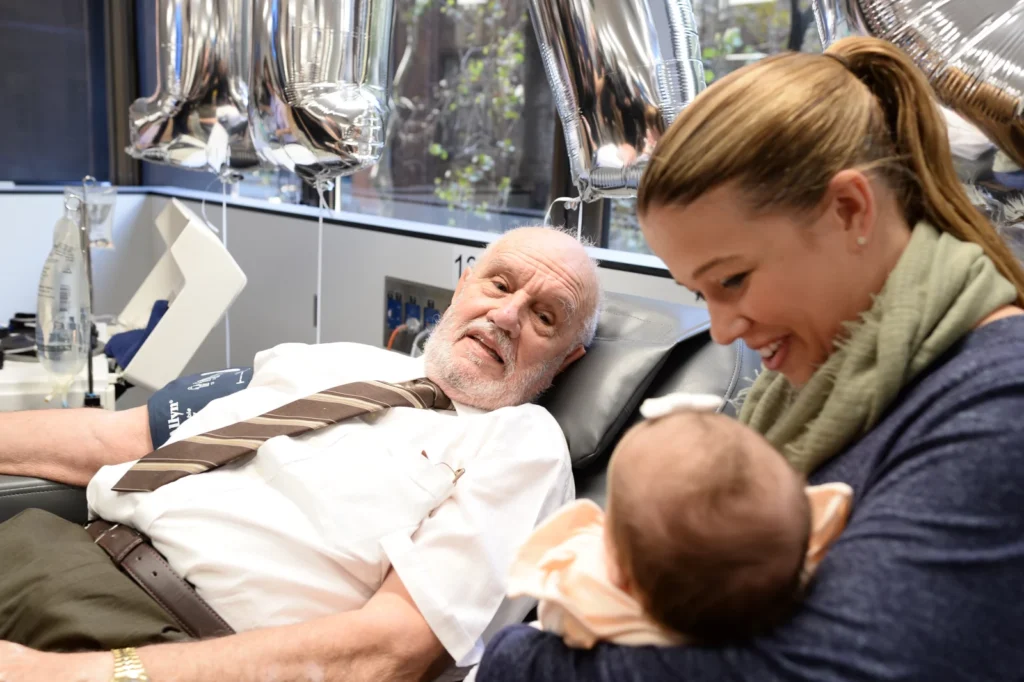
The Power of Preparedness: Lessons from the “Man with the Golden Arm”
James Harrison looks at 8-month-old Layla and her mother, Beth Ismay, in Sydney, Australia, in May 2018. It was the…

Wilderness First Aid Training for REI Members in Sacramento – Get Certified March 15-16!
Are you an REI member, outdoor adventurer, or hiking enthusiast looking for hands-on Wilderness First Aid training? Since REI is…
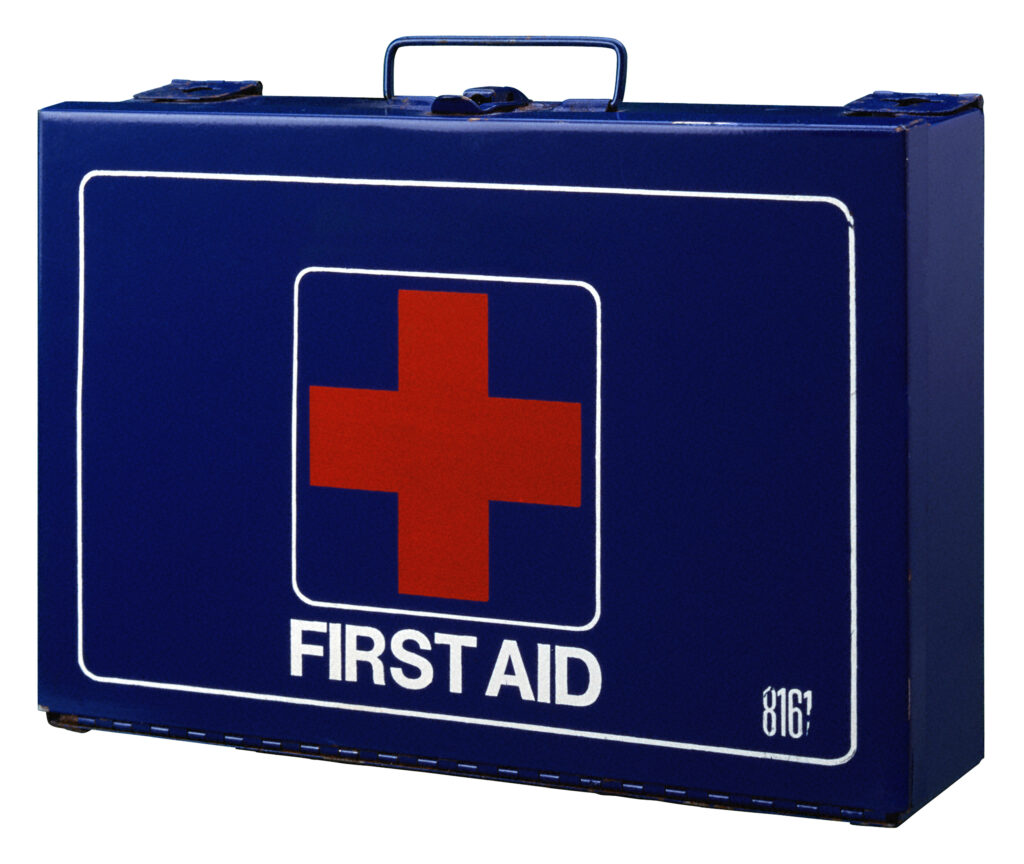
First Aid for Seizures: Essential Steps Everyone Should Know
First Aid for Seizures: Essential Steps Everyone Should Know Seizures can happen unexpectedly, and knowing how to respond effectively is…
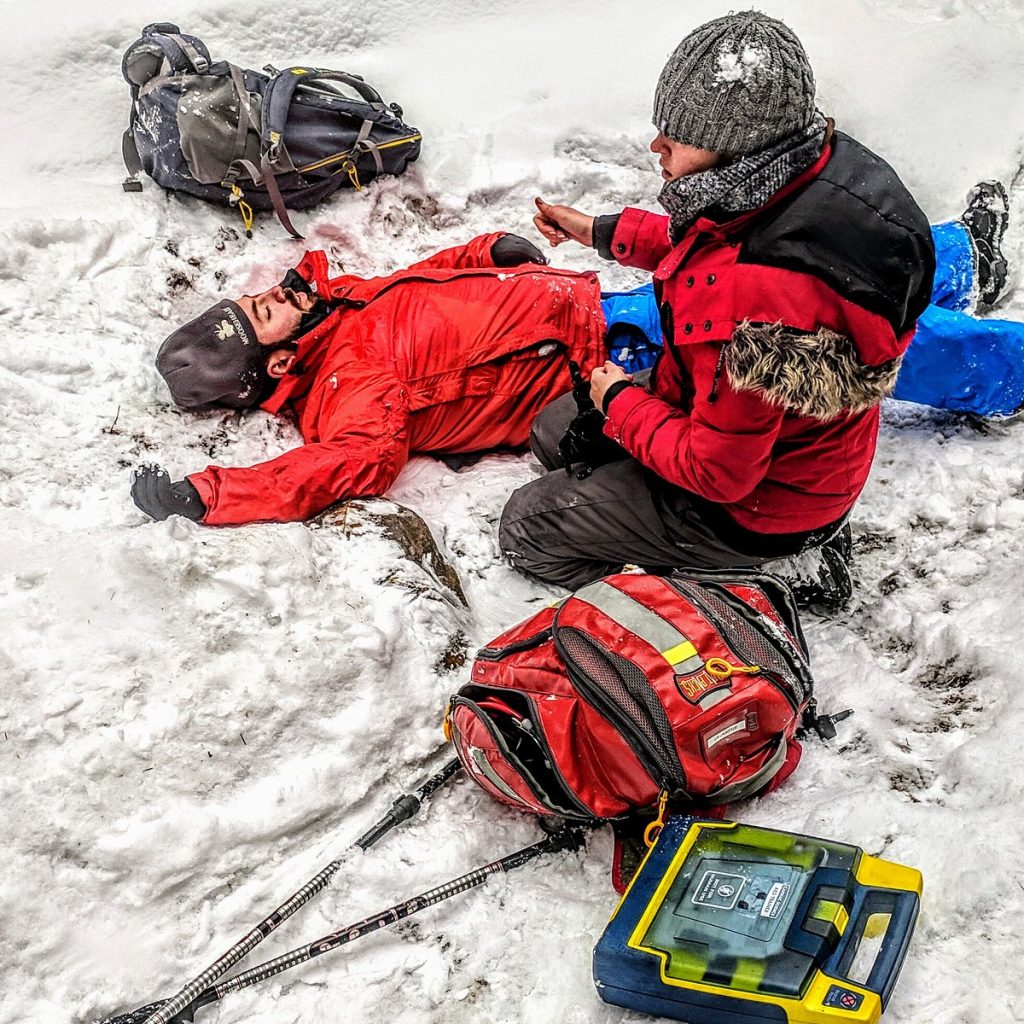
Backcountry Safety: Tips for Calling 911 from an Experienced Wilderness Trainer
As a wilderness trainer with years of experience, I’ve seen how preparation and knowledge can make all the difference in…
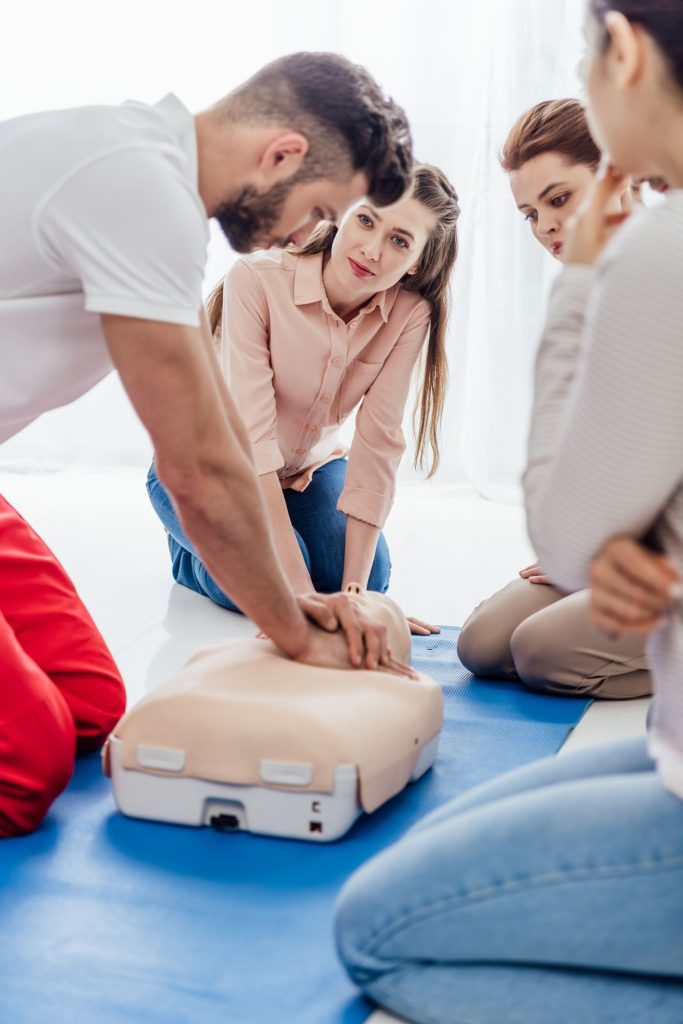
Top 5 CPR Mistakes and How to Avoid Them
When an emergency strikes, knowing how to perform CPR can make the difference between life and death. However, even with…

Learn Wilderness First Aid: Your Ultimate Guide to Outdoor Safety and Preparedness
Exploring the great outdoors is thrilling, but it comes with challenges. Whether you’re a seasoned adventurer or a weekend camper,…
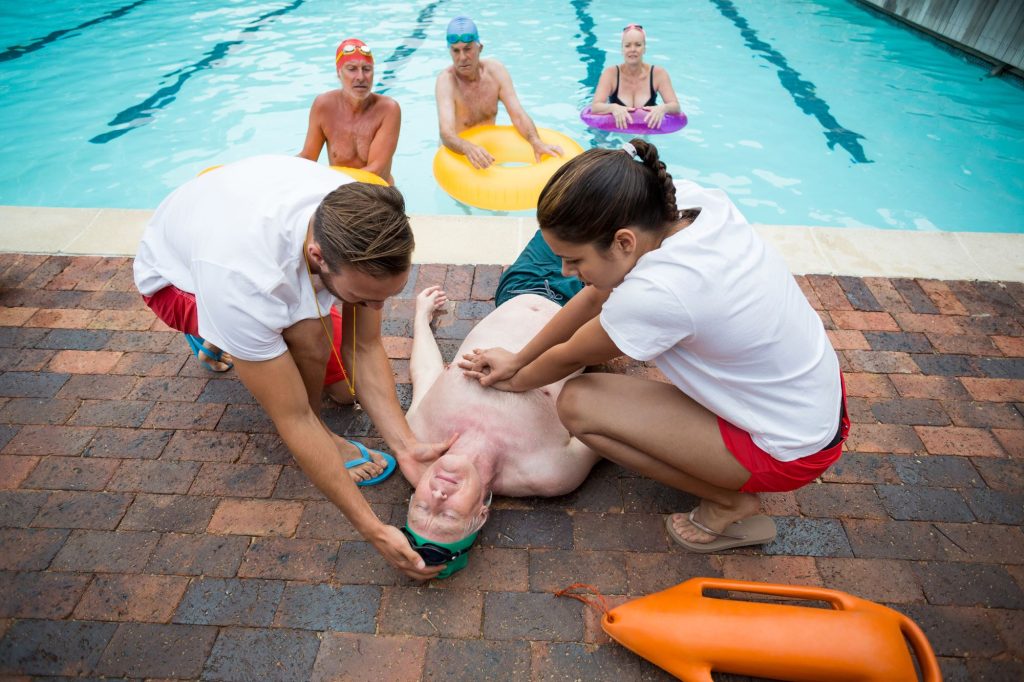
Training Lifeguards how to Prioritize Prevention within Surveillance
This post was written by Pete DeQuincy Aquatics Manager, Fire Department/Lifeguard Services, East Bay Regional Park District and posted on…
